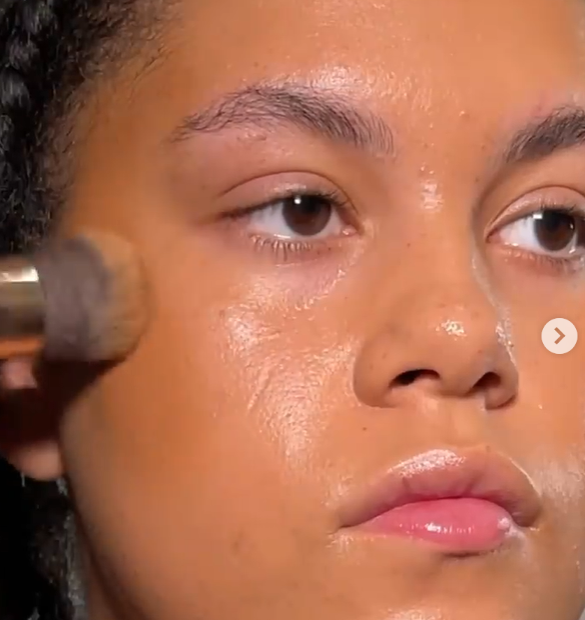As one ages, the skin may develop a network of wrinkles, and its structure undergoes changes, leading to increased dryness in the dermis, irrespective of its original type (oily, dry, etc.). This transformation occurs due to reduced production of hyaluronic acid and collagen by the skin cells.
Often, individuals unconsciously adhere to the same makeup techniques and foundations learned in their 20s. However, by persisting in these longstanding makeup traditions, one may inadvertently accentuate wrinkles rather than conceal them. It is essential to commence with the foundation, addressing common mistakes in its application that contribute to an aging appearance.

